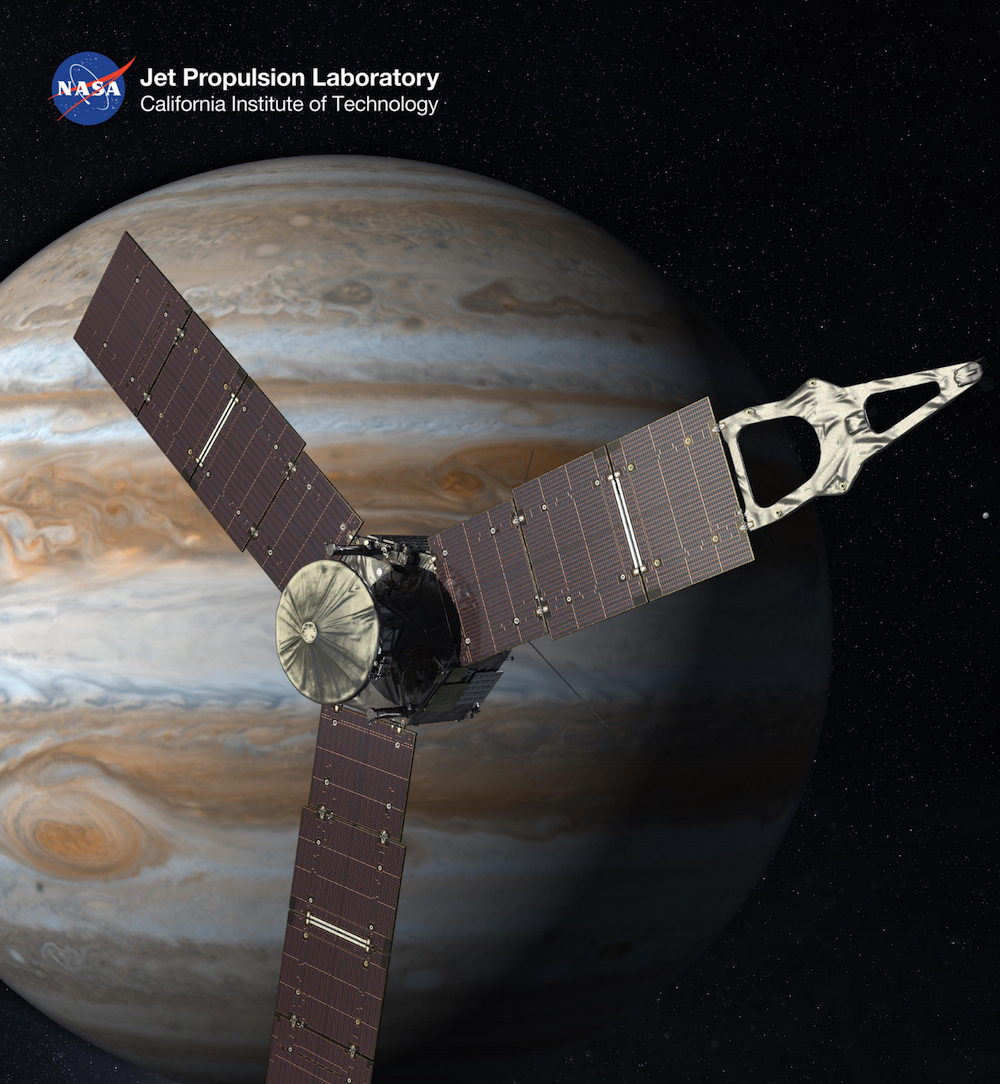

ACS design leverages on previous developments thus providing high technology readiness levels at the onset of the project: two of the three channels were initially conceived and built for the unsuccessful Phobos-Grunt project (Korablev et al. It was built by Space Research Institute (IKI) in Moscow (Russia) within a very constrained timeframe (only three years separate the approval of the mission and the delivery of the proto-flight model, PFM).


1, 2) intended to observe Mars atmosphere in solar occultations, nadir and limb geometry. The TGO payload includes three other instruments: the Nadir and Occultation for Mars Discovery (NOMAD), the Fine Resolution Neutron Detector (FREND), and the Colour and Stereo Surface Imaging System (CASSIS, a high-resolution color stereo camera).ĪCS is a set of three spectrometers (-NIR, -MIR, and -TIRVIM, see below and Figs. The set of TGO instruments was discussed and later approved by the European Space Agency and Russian Federal Space Agency, Roscosmos, in 2012 the final ExoMars cooperation agreement was signed in March 2013. Selected by the Solar System Panel of the Space Council of Russian Academy of Science this instrument was introduced by Roscosmos as one of the two Russian contributions to TGO. On the Russian side, a suite of spectroscopic instruments for the studies of the Mars atmosphere in the infrared spectral range, the Atmospheric Chemistry Suite (ACS) was proposed. The final configuration of the TGO project is based on a ESA-Roscosmos cooperation that started in 2011. TGO is a project initiated by the European Space Agency (ESA): it was conceived to carry a powerful set of atmospheric instruments to establish a detailed inventory of the trace gases existing in the Martian atmosphere as a response to the putative presence of methane, initially reported by the FKM group (Formisano et al. The detailed studies of the Martian atmosphere and climate were identified as the primary scientific goal of the ExoMars Trace Gas Orbiter (TGO) as reported in Zurek et al. The technical concept of the instrument, its accommodation on the spacecraft, the optical designs as well as some of the calibrations, and the expected performances for its three channels are described. TIRVIM also has a limb and solar occultation capability. TIRVIM is primarily dedicated to profiling temperature from the surface up to ∼60 km and to monitor aerosol abundance in nadir. The thermal-infrared channel (TIRVIM) is a 2-inch double pendulum Fourier-transform spectrometer encompassing the spectral range of 1.7–17 μm with apodized resolution varying from 0.2 to 1.3 cm −1. It has been designed to accomplish the most sensitive measurements ever of the trace gases present in the Martian atmosphere. MIR achieves a resolving power of >50,000. The mid-infrared (MIR) channel is a cross-dispersion echelle instrument dedicated to solar occultation measurements in the 2.2–4.4 μm range. The scientific goals of NIR are the measurements of water vapor, aerosols, and dayside or night side airglows. This channel will be mainly operated in solar occultation and nadir, and can also perform limb observations. NIR employs the combination of an echelle grating with an AOTF (Acousto-Optical Tunable Filter) as diffraction order selector. The near-infrared (NIR) channel is a versatile spectrometer covering the 0.7–1.6 μm spectral range with a resolving power of ∼20,000. For this reason, ACS embarks a set of instruments achieving simultaneously very high accuracy (ppt level), very high resolving power (>10,000) and large spectral coverage (0.7 to 17 μm-the visible to thermal infrared range). This ensemble of spectrometers has been designed and developed in response to the Trace Gas Orbiter mission objectives that specifically address the requirement of high sensitivity instruments to enable the unambiguous detection of trace gases of potential geophysical or biological interest. ACS consists of three separate infrared spectrometers, sharing common mechanical, electrical, and thermal interfaces. The Atmospheric Chemistry Suite (ACS) package is an element of the Russian contribution to the ESA-Roscosmos ExoMars 2016 Trace Gas Orbiter (TGO) mission. Space Science Reviews volume 214, Article number: 7 ( 2018) The Atmospheric Chemistry Suite (ACS) of Three Spectrometers for the ExoMars 2016 Trace Gas Orbiter


 0 kommentar(er)
0 kommentar(er)
